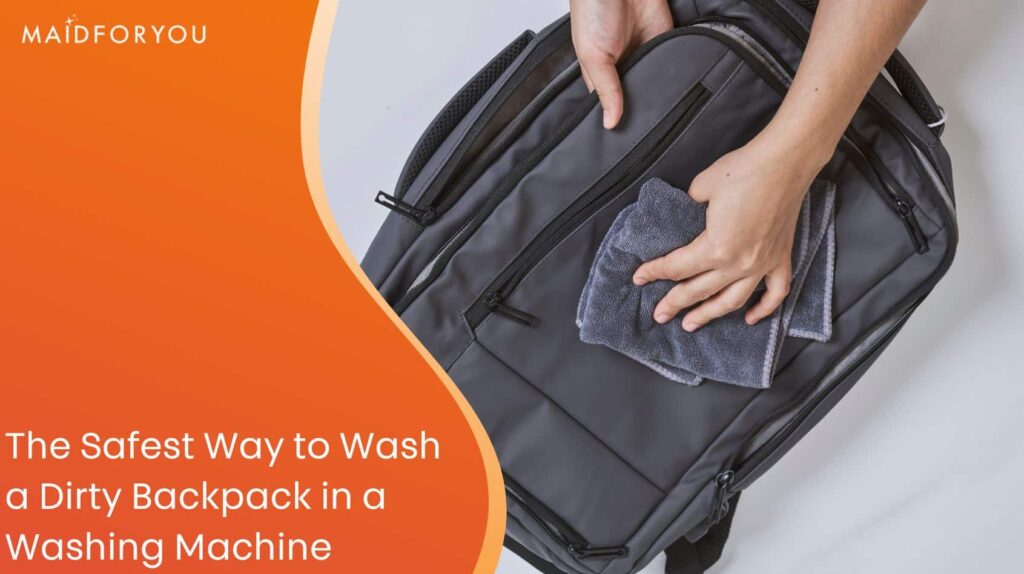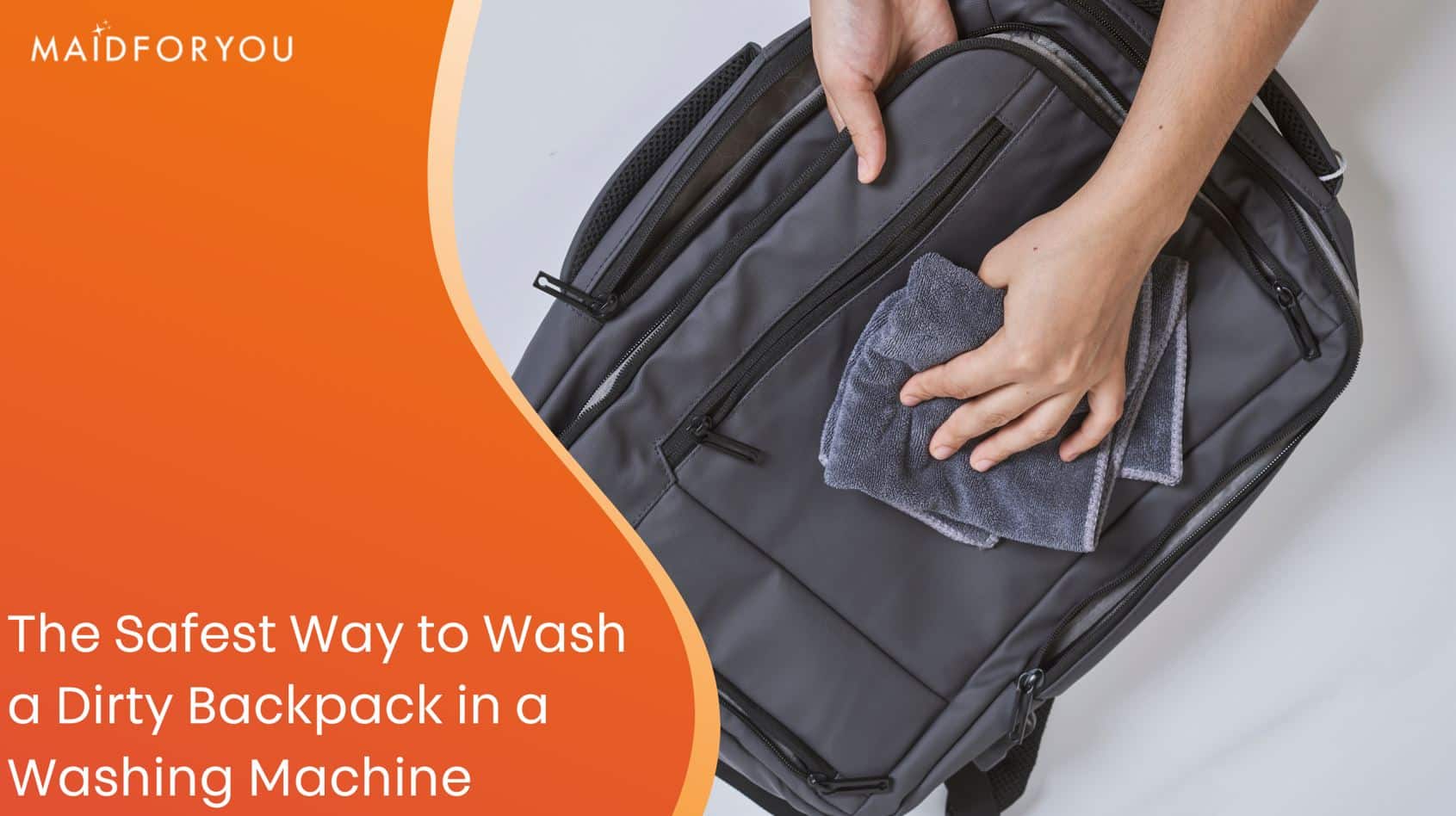
Can You Wash Off Gun Residue? Expert Guide to Safe & Effective Cleaning
The question of whether you can wash off gun residue is a critical one, not just for gun owners concerned with maintaining their firearms, but also for anyone who might come into contact with firearms or their byproducts. This comprehensive guide will delve deep into the nature of gun residue, the effectiveness of various cleaning methods, and the safety precautions you should always take. We aim to provide an authoritative resource, drawing on expert knowledge and practical experience to give you a clear understanding of how to safely and effectively deal with gun residue. This isn’t just about cleaning; it’s about safety, responsibility, and informed decision-making.
Understanding Gun Residue: A Deep Dive
Gun residue, also known as gunshot residue (GSR), is a complex mixture of substances produced when a firearm is discharged. It’s not just one thing, but a combination of burnt and unburnt gunpowder, primer residue (containing elements like lead, barium, and antimony), and even particles from the bullet itself. The composition of GSR can vary depending on the type of ammunition used, the firearm, and the environmental conditions.
The Complex Composition of Gunshot Residue
Understanding the components of GSR is crucial for determining the best cleaning methods. Gunpowder, for example, leaves behind carbon deposits, which can be challenging to remove. Primer residue contains heavy metals that pose health risks if not handled properly. Even microscopic particles from the bullet can become embedded in surfaces.
The Importance and Relevance of GSR Cleaning
Why does it matter? Because GSR can be corrosive to firearms, leading to malfunctions and reduced lifespan. It also poses a health hazard to anyone who comes into contact with it. Moreover, in forensic investigations, GSR analysis plays a vital role in determining whether someone has recently fired a gun. Therefore, understanding how to effectively remove GSR is essential for firearm maintenance, personal safety, and even legal compliance.
Hoppe’s No. 9: A Leading Gun Cleaning Solution
When it comes to gun cleaning solutions, Hoppe’s No. 9 is a name that frequently comes up. It is a solvent designed to dissolve and remove various types of fouling from firearms, including powder residue, lead deposits, and carbon buildup. It has been a staple in the gun cleaning world for over a century, trusted by generations of gun owners.
Hoppe’s No. 9 works by penetrating and loosening the bonds between the fouling and the metal surfaces of the firearm. Its unique formula helps to dissolve the residue, making it easier to wipe away. However, it’s important to note that Hoppe’s No. 9 is a solvent and should be used with proper ventilation and precautions.
Detailed Features of Hoppe’s No. 9 Gun Cleaning Solvent
Let’s break down the key features of Hoppe’s No. 9:
- Solvent Action: Hoppe’s No. 9’s primary function is to dissolve and loosen fouling. It contains solvents that break down the chemical bonds of the residue, making it easier to remove. This action is crucial for preventing corrosion and maintaining the firearm’s accuracy.
- Penetrating Oil: The solvent also contains penetrating oils that work their way into tight spaces and crevices, ensuring that even hard-to-reach areas are cleaned effectively. This is particularly important for the bore of the barrel, where fouling tends to accumulate.
- Corrosion Inhibition: Hoppe’s No. 9 contains corrosion inhibitors that help to protect the metal surfaces of the firearm from rust and corrosion. This is essential for extending the life of the firearm and ensuring its reliable performance.
- Lead Removal: The formula is designed to dissolve lead deposits, which are a common byproduct of firing lead bullets. Lead buildup can negatively impact accuracy, so removing it is crucial for maintaining the firearm’s performance.
- Carbon Removal: Hoppe’s No. 9 effectively breaks down carbon fouling, which is another common byproduct of firing. Carbon buildup can cause malfunctions and reduce the firearm’s overall efficiency.
- Neutralizing Acids: The solvent neutralizes acidic residue left behind by some types of ammunition, further preventing corrosion and protecting the firearm.
- Easy Application: Hoppe’s No. 9 is typically applied using a cleaning rod, patches, and brushes. The application process is straightforward, making it easy for gun owners to maintain their firearms.
Advantages, Benefits, and Real-World Value of Using Proper Gun Cleaning Methods
The benefits of using proper gun cleaning methods, including appropriate solvents, are numerous and far-reaching:
- Enhanced Firearm Performance: Removing gun residue improves the firearm’s accuracy, reliability, and overall performance. A clean gun is a more accurate gun.
- Extended Firearm Lifespan: Regular cleaning prevents corrosion and wear, significantly extending the life of the firearm. This saves you money in the long run by avoiding costly repairs or replacements.
- Improved Safety: A clean firearm is less likely to malfunction, reducing the risk of accidents. This is especially important for self-defense firearms, where reliability is paramount.
- Prevention of Corrosion: Gun residue can be corrosive, especially if left on the firearm for extended periods. Proper cleaning removes this residue, preventing rust and corrosion.
- Maintenance of Value: A well-maintained firearm retains its value better than one that is neglected. This is important if you ever decide to sell or trade your firearm.
- Peace of Mind: Knowing that your firearm is clean and properly maintained provides peace of mind, especially when relying on it for self-defense.
- Compliance with Regulations: In some jurisdictions, neglecting firearm maintenance can be considered a violation of regulations. Proper cleaning ensures compliance with these rules.
Comprehensive Review of Hoppe’s No. 9
Hoppe’s No. 9 has been a trusted name in gun cleaning for generations, but how does it hold up under scrutiny? Here’s a balanced review:
User Experience and Usability
From our experience, Hoppe’s No. 9 is easy to use. The liquid solvent is applied to a cleaning patch or brush and then run through the bore of the barrel or used to scrub other parts of the firearm. The distinctive smell is a hallmark, although some find it overpowering. The solvent effectively loosens and dissolves fouling, making it easier to wipe away. However, proper ventilation is crucial due to the fumes.
Performance and Effectiveness
Hoppe’s No. 9 excels at removing powder residue, carbon buildup, and light lead deposits. It’s particularly effective on firearms that are cleaned regularly. For heavily fouled firearms, multiple applications may be necessary. While it’s effective, it might require some elbow grease to get the gun completely clean.
Pros:
- Effective Cleaning: Hoppe’s No. 9 effectively removes a wide range of fouling, including powder residue, carbon buildup, and light lead deposits.
- Easy to Use: The solvent is easy to apply and use, making it suitable for both novice and experienced gun owners.
- Corrosion Protection: It contains corrosion inhibitors that help to protect the metal surfaces of the firearm from rust and corrosion.
- Long-Standing Reputation: Hoppe’s No. 9 has been a trusted name in gun cleaning for over a century, a testament to its effectiveness and reliability.
- Affordable: It is relatively inexpensive compared to some other gun cleaning solvents.
Cons/Limitations:
- Strong Odor: The distinctive smell can be overpowering and requires proper ventilation.
- Not Ideal for Heavy Fouling: For heavily fouled firearms, multiple applications or a more aggressive solvent may be necessary.
- Contains Solvents: It contains solvents that can be harmful if ingested or inhaled, requiring caution during use.
- May Not Remove All Lead: While effective at removing light lead deposits, it may not completely remove heavy lead fouling.
Ideal User Profile
Hoppe’s No. 9 is best suited for gun owners who clean their firearms regularly and are looking for an effective and affordable solvent. It’s a good choice for beginners due to its ease of use, but experienced shooters will also appreciate its cleaning power. It may not be the best choice for those with sensitivities to strong odors or those who frequently shoot ammunition that produces heavy lead fouling.
Key Alternatives
Two popular alternatives to Hoppe’s No. 9 are CLP BreakFree and Ballistol. CLP BreakFree is a cleaner, lubricant, and protectant in one, making it a convenient option for those looking for an all-in-one solution. Ballistol is a multi-purpose oil that can be used for cleaning, lubricating, and protecting firearms, as well as other metal and leather items. Ballistol is known for being non-toxic and biodegradable, making it a more environmentally friendly option.
Expert Overall Verdict and Recommendation
Hoppe’s No. 9 remains a solid choice for gun cleaning, particularly for regular maintenance. Its long-standing reputation is well-deserved, and its cleaning power is undeniable. However, users should be aware of its strong odor and take precautions to avoid inhalation or ingestion. For those seeking a more environmentally friendly option or an all-in-one solution, alternatives like Ballistol or CLP BreakFree may be worth considering.
Insightful Q&A Section
- Question: Can I use household cleaning products like dish soap or bleach to clean gun residue?
Answer: No. Household cleaners can damage the firearm’s finish and internal components. They are not designed to dissolve gun residue and can even cause corrosion. - Question: How often should I clean my firearm to prevent residue buildup?
Answer: Clean your firearm after each use. Even if you only fire a few rounds, residue can accumulate and cause problems over time. - Question: Is it safe to clean a firearm indoors without ventilation?
Answer: No. Gun cleaning solvents can release harmful fumes. Always clean your firearm in a well-ventilated area or outdoors. - Question: What type of brush should I use to clean the bore of my firearm?
Answer: Use a bore brush made of bronze or nylon. Steel brushes can damage the rifling in the barrel. - Question: Can I reuse cleaning patches after cleaning my firearm?
Answer: No. Discard used cleaning patches immediately. They contain harmful residue and should not be reused. - Question: What is the best way to dispose of used gun cleaning solvents and patches?
Answer: Dispose of used solvents and patches according to local regulations. Contact your local waste management facility for guidance. - Question: How do I clean gun residue from clothing or other fabrics?
Answer: It is very difficult to completely remove gun residue from clothing. Professional dry cleaning may help, but there is no guarantee of complete removal. - Question: Can I get lead poisoning from handling firearms or cleaning gun residue?
Answer: Yes, prolonged exposure to lead can cause lead poisoning. Always wear gloves when handling firearms or cleaning gun residue, and wash your hands thoroughly afterward. - Question: What are the signs of lead poisoning from gun residue?
Answer: Symptoms of lead poisoning can include fatigue, headache, abdominal pain, and muscle weakness. If you suspect you have lead poisoning, seek medical attention immediately. - Question: Are there any non-toxic alternatives to traditional gun cleaning solvents?
Answer: Yes, some non-toxic gun cleaning solvents are available. Look for products that are labeled as biodegradable or environmentally friendly. However, always follow the manufacturer’s instructions carefully.
Conclusion
In conclusion, understanding how to safely and effectively wash off gun residue is essential for responsible gun ownership and personal safety. While water alone is insufficient, specialized solvents like Hoppe’s No. 9 are designed to dissolve and remove GSR, preventing corrosion and ensuring the firearm’s reliable performance. Always prioritize safety by using proper ventilation, wearing gloves, and following the manufacturer’s instructions. By taking these precautions, you can maintain your firearm in optimal condition and protect yourself from the potential health hazards associated with gun residue. Explore additional resources on gun safety and maintenance to further enhance your knowledge and skills. Share your experiences with gun cleaning in the comments below!

